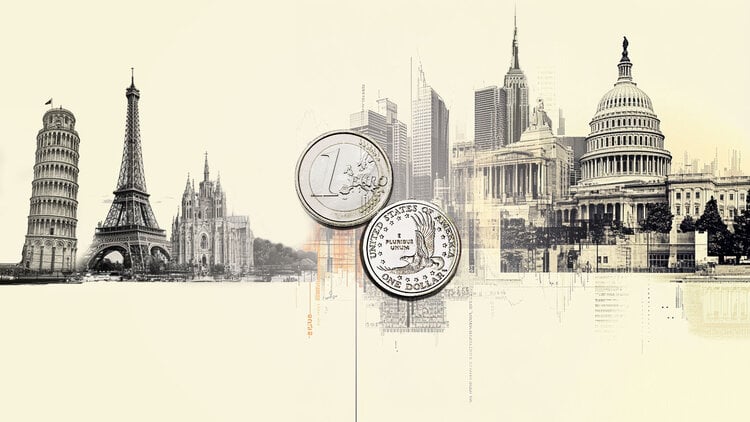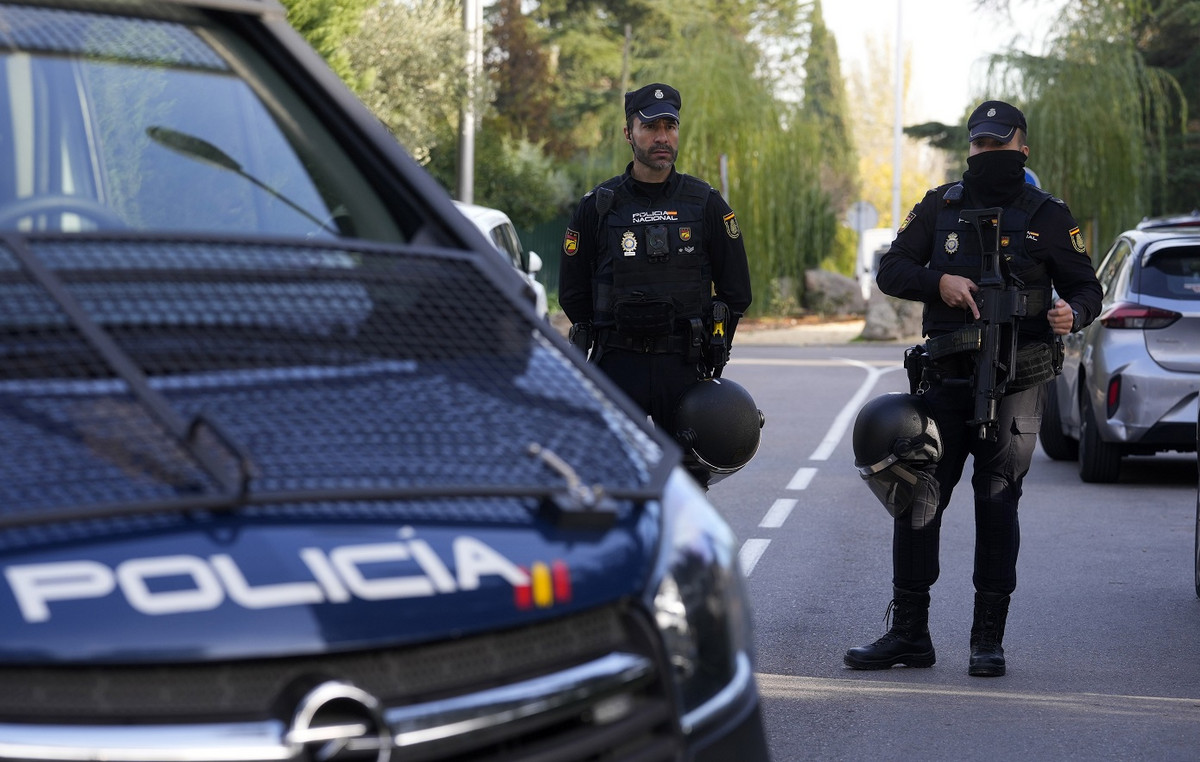A map produced by researchers from the Hydraulic Research Institute (IPH) at the Federal University of Rio Grande do Sul (UFRGS) shows a projection of the current situation in Greater Porto Alegre during the flood that hits the region.
According to UFRGS, the material is updated daily. Click here to see the full map.
The map shows that a large part of the metropolitan region is still underwater. Among the municipalities shown are Canoas, Alvorada, Gravataí, Taquara, Sapiranga, Campo Bom, São Leopoldo, Sapucaia do Sul, Novo Hamburgo, Nova Santa Rita, Triunfo, Montenegro, Capela de Santana, Eldorado do Sul and Viamão, in addition to Porto Alegre .
At least two more cities that are not part of the metropolitan region are shown on the map: Pareci Novo and Barra do Ribeiro.
The capital of Rio Grande do Sul still has several neighborhoods affected by the biggest flood in its history. Among them are Serraria, Guarujá, Ipanema, Tristeza, Vila Assunção, Cristal, Praia de Belas, Menino Deus, Floresta, Navegantes, Farrapos, Anchieta, São Geraldo and Sarandi, in addition to the Historic Center.
Porto Alegre still has several important areas flooded, such as Salgado Filho airport, the Arena do Grêmio and Beira-Rio stadiums, the Jockey Club and the Public Market.
The level of Guaíba has been falling in the last few hours, reaching 4.69 meters in the measurement taken at 3pm this Friday (10). The highest level, 5.33 meters, was reached last Monday night (6).
Despite the drop, the level is still quite high and generates concern. This is because Guaíba's flood level is 3 meters, while the warning level is 2.5 meters.
Another problem is that according to forecasts made by meteorologists, Rio Grande do Sul is expected to experience heavy rain in the coming days, which could cause the Guaíba to rise again – even surpassing the 5 meter level again.
According to IPH/UFRGS forecast, Guaíba should reach the 5 mark next Tuesday (14), as shown in the graph below:

“The precipitation forecast for this weekend, and the south wind for Monday, could cause a new rise in Guaíba. Therefore, at the moment, returning to risk areas should be avoided”, comments researcher Rodrigo Cauduro Dias de Paiva, who is a professor at IPH/UFRGS. “This recommendation is valid not only for the metropolitan region, but for other parts of the state as well”, he adds.
“Another consequence of this rain is the increase in the duration of the flood”, says the professor. “This flood must be long-lasting. Projections show that, even if this rain does not occur, the reduction will still be slow next week”, he adds.
This Friday, during a press conference, Governor Eduardo Leite (PSDB) appealed to people who live in risk areas not to return to the regions that were evacuated.
“Regarding the rains over the next few days, the most likely consequence is a repeat of what we saw happen in the last few days and weeks. In other words, rivers that have already been affected, such as Taquari and Jacuí, later with the contribution here to Guaíba and the metropolitan region. There is also the risk of landslides in places where the ground is wet”, warned Leite.
Source: CNN Brasil
I’m James Harper, a highly experienced and accomplished news writer for World Stock Market. I have been writing in the Politics section of the website for over five years, providing readers with up-to-date and insightful information about current events in politics. My work is widely read and respected by many industry professionals as well as laymen.







